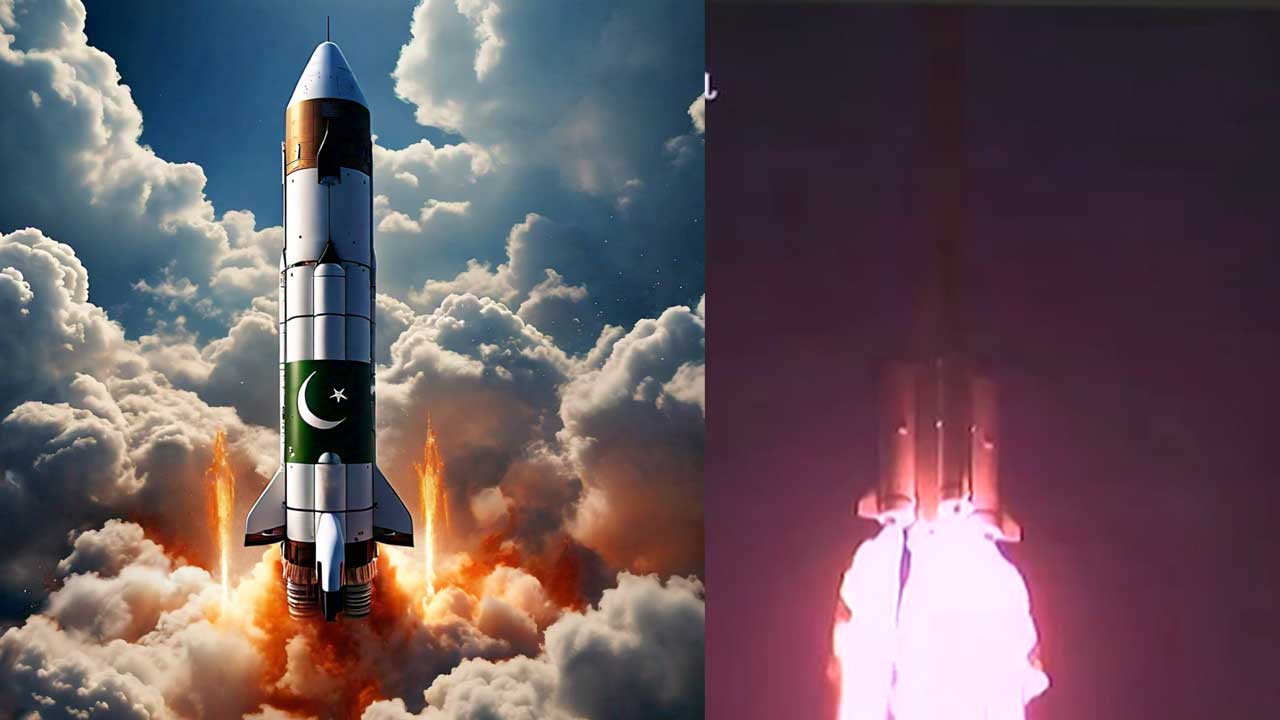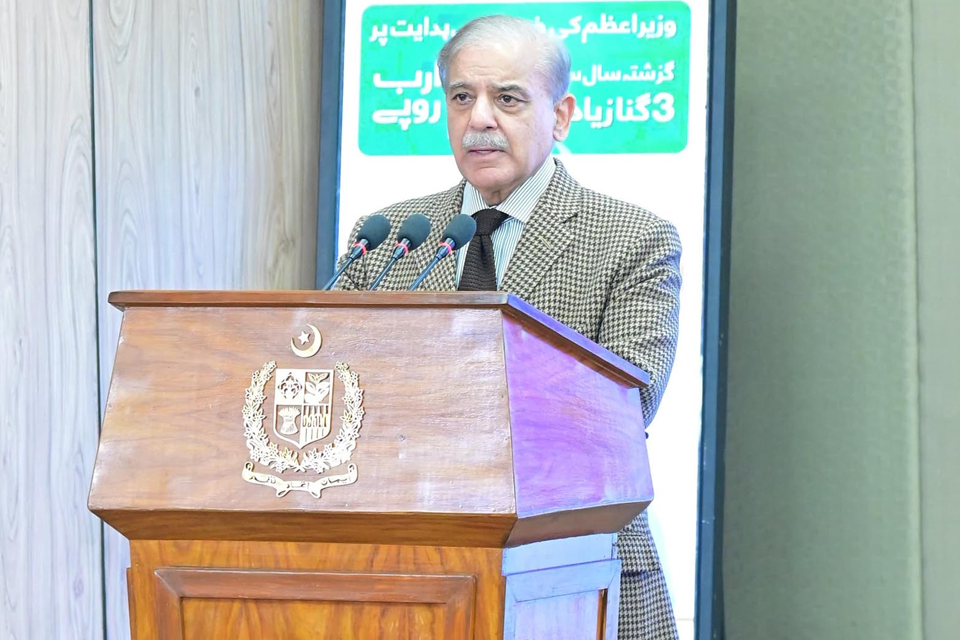ISLAMABAD: The recently launched Pakistani satellite, PakSat MM-1, will be positioned in geostationary orbit 36,000 kilometers above Earth, with service expected to begin in August, according to scientists associated with the project.
PakSat MM-1, Pakistan’s second communication satellite, was launched on Thursday from China’s Xichang Satellite Launch Center (XSLC). Dr. Khurram Khurshid, Head of the Electrical Engineering Department at the Institute of Space Technology (IST), highlighted its capabilities.
“The satellite will offer communication services such as broadband internet, TV broadcasting, media, and telecommunication. It will play a vital role in promoting economic activities, e-commerce, and e-governance,” Dr. Khurshid said.
Launched by the Pakistan Space and Upper Atmosphere Research Commission (SUPARCO) with China’s support under the National Space Programme-2047, this satellite aims to reclaim the glory of Pakistan’s space achievements from the 1960s.
On July 7, 1962, Pakistan launched its first rocket, “Rehbar-I,” making it the first Islamic country, third in South Asia, and tenth worldwide to send a vessel into space. However, progress stalled due to a lack of political will and resources. Now, Pakistan is renewing its commitment to space exploration.
“Pakistan has achieved the goal of launching a satellite with international collaboration, but we aim to launch our own independent mission soon,” Dr. Khurshid added. “Our engineers and the SUPARCO team are dedicated to making this dream a reality.”
Dr. Khurshid stressed the importance of educating the next generation in space technology to support national development. “We need more engineers, technicians, and experts in this field.”
The PakSat MM-1 project was designed to meet Pakistan’s growing needs for communication and connectivity. This project exemplifies the technological cooperation between China and Pakistan.
Equipped with advanced communication technologies, the satellite will digitally transform Pakistan, establishing a sophisticated communication network to meet the demands of the telecom sector, high-speed internet, and seamless connectivity.
“This high-power multi-mission satellite will provide services in C, Ku, Ka Bands, SBAS services in L Band, and various communication services such as broadband internet, TV broadcasting, mobile bank hauling, and VSAT connectivity,” SUPARCO stated.
Dr. Usman Iftikhar, MM-1 Project Manager, explained that the primary goal of PakSat MM-1 is to strengthen Pakistan’s communication infrastructure and enhance connectivity, especially in underserved areas for tele-education, e-health, e-governance, and e-commerce.
“Communication infrastructure is crucial for any country’s progress, and we hope this satellite will improve connectivity in remote areas,” Dr. Iftikhar added. “This communication satellite has been successfully sent to geostationary orbit.”
The deployment of PakSat MM-1 signifies a major advancement in Pakistan’s efforts to improve nationwide connectivity. Following a recent successful lunar mission, the launch of PakSat MM-1 demonstrates Pakistan’s growing expertise in space technology.
“With this deployment, we aim to bridge the digital divide, enhance TV broadcasting, and improve cellular and broadband services across Pakistan,” SUPARCO Director Atiqur Rehman said. “Services will commence in August.”
Previously, Pakistan’s lunar mission iCube-Qamar (ICUBE-Q) was launched on May 3 aboard China’s Chang’E6 from Hainan, marking Pakistan’s first lunar exploration. The iCube-Q, developed by IST in collaboration with Shanghai University and SUPARCO, successfully captured and transmitted images from lunar orbit.
SUPARCO emphasizes that three types of satellites are crucial for any country: for communication, remote sensing and reconnaissance, and navigation. “We need targeted, result-oriented policies and a supportive environment for our talents to thrive,” it concluded.















